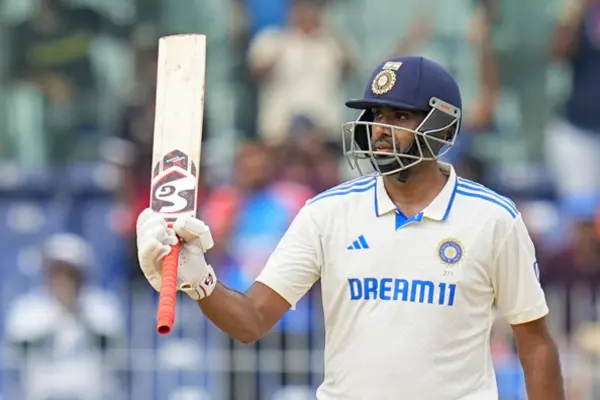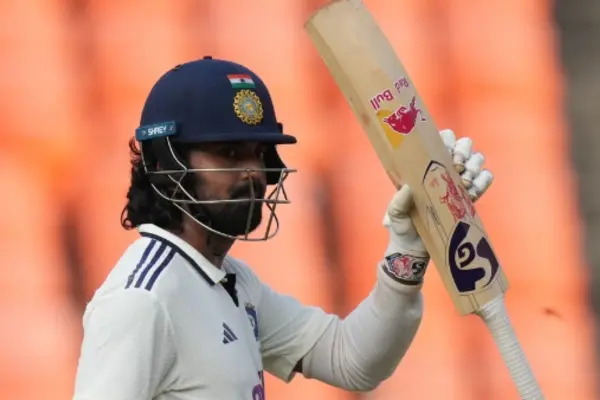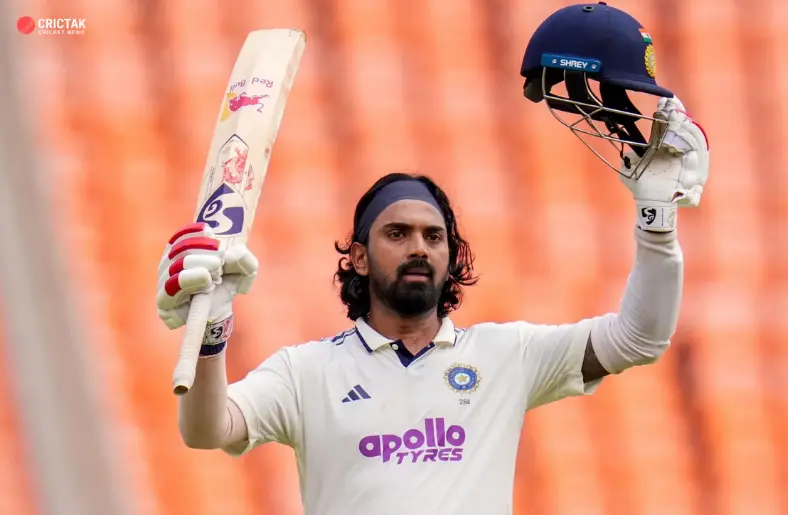Of all the stages for a cricketer, ideally, home soil should be the familiar one where the comfort of known conditions often leads to the expected scoring. Yet, for some of India’s famed names, the wait for a Test century at home has stretched across surprisingly long and arduous years, as is evinced by the huge gaps between their home hundreds.
This odd list is topped by KL Rahul, who almost went nine long years without a home Test hundred, showing that even the most talented players have fewer predictable journeys through the demanding alleys of Test cricket. Let’s look into the complete list of all cricketers who had these long gaps between their two hundreds.
Longest Gap Between Home Centuries
| Rank | Player | Gap Between Home 100s |
|---|---|---|
| 1 | KL Rahul | 8 Years 289 Days |
| 2 | Mohinder Amarnath | 7 Years 332 Days |
| 3 | Ravichandran Ashwin | 7 Years 98 Days |
| 4 | Vijay Manjrekar | 7 Years 183 Days |
| 5 | Farokh Engineer | 6 Years 54 Days |
| 6 | Vijay Manjrekar | 5 Years 359 Days |
6. Vijay Manjrekar: 5 years 359 days
The near six-year gap between two home Test centuries for Vijay Manjrekar typified the times when fewer home Tests were played and pitch conditions were variable. A fine technician and an epitome of dependability, Manjrekar was among the mainstays in the Indian batting lineup of the 1950s and early 1960s.
Read Also:- Fastest to 50 Test Wickets at Home
5. Vijay Manjrekar – 7 Years 183 Days
Manjrekar’s gap between centuries at home shows the ebb and flow of form and the tribulations encountered by Indian batters during the early years of Test cricket in India. Keeping in mind such a long interval, Manjrekar’s ability to score 7 centuries well scattered through his 55-Test career and 3208 runs shows the great skills he held throughout and in fact was a very important player to anchor innings in crunch situations.
4. Farokh Engineer – 6 Years 54 Days
Farokh Engineer’s gap of 6 years and 54 days between home Test centuries underscores his importance as one of India’s premier wicket-keeper batters during the 1960s and early 1970s. Aggressive and stylish by nature, Engineer was a competent wicket-keeper, but it was his batting that often made the difference for India.
The time gap between his domestic centuries indicates sporadic opportunities and tough competition in Indian cricket at the time, when less number of matches were played and the pitches were often difficult. However, Engineer scored only 2 hundreds from his 46 Tests and made 2611 runs at an average of 31.08.
3. Ravichandran Ashwin – 7 Years 98 Days

Primarily regarded for his brilliant off-spin bowling, Ravichandran Ashwin also made considerable contributions with the bat for India in home Tests. The 7 years and 98 days gap between two home centuries is truly significant for an all-rounder. Ashwin’s improvement with batting over the years is evidence of his commitment to being a dependable lower-middle-order batsman, particularly in Tests.
Ashwin’s 2016 was by far the best season for him with the bat, costing an average of 43.71 in 12 matches; it was here that he began to steadily move away from being that finger spinner who was ordinary with the bat, to an all-rounder who could take the pressure off his team with some crucial runs in even tougher situations.
2. Mohinder Amarnath – 7 Years 332 Days
Mohinder Amarnath faced a huge gap of nearly eight years between two home Test centuries on account of stiff competition and changing playing conditions. Amarnath was known for his gritty and determined batting style and was a key middle-order batsman in India during the 1970s and early 1980s.
Being a premier batting all-rounder, Amarnath had quite a fine career in Tests, scoring 4378 runs in 69 matches with 11 centuries. The long gap between home centuries can perhaps be explained by bouts of dips in form coupled with the domination of bowlers in a few domestic conditions at the time. However, with Amarnath coming back to score Test centuries at home, he reminded everyone of his strength and resilience with the bat.
1. KL Rahul – 8 Years 289 Days

The record for the longest gap between two Test Centuries at home is held by KL Rahul, with an insane span of 8 years and 289 days. He made his first home Test century early in his career against England in 2016, when he truly exhibited his class. After that initial glint of brilliance, Rahul had to suffer a long period of inconsistency and injuries which, unluckily for him, lasted nearly nine years without him being able to hit a hundred on Indian grounds.
Rahul’s comeback century thus emphasized his prowess in white cricket on home soil. It has taken a while to happen but “better late than never”; the batter scored 100 runs off 197 balls before being dismissed by Jomel Warrican in the 68th over of the Test.
